|
It was a delight to be asked by Dr Lori Watson (University of Edinburgh) to perform at the Living Archive concert, celebrating 70 years of the School of Scottish Studies & Archives, as part of the prestigious Edinburgh International Festival. The Sound Archive comprises over 33,000 recordings on Scottish life, folklore and the traditional arts, which have been collected across Scotland, in Gaelic, Scots and English, since the 1950s. As a student at the University of Edinburgh I studied Scottish Literature & Ethnology. So I was very excited for the opportunity to delve back into the archives, which had been so formative to my undergraduate research, and also return to campus for the performance in a specially created outdoor venue at the Old College Quad. The Living Archive will have the musicians reflecting on their connections with the archive, as well as featuring some new collaborations between them […] Watson is also looking forward to the set from Sophie Stephenson (recently seen teaching step dancing to former ballerina and Strictly judge Darcey Bussell): “Sophie has been working on some really interesting experimental forms of percussive art.’’’ - Jim Gilchrist, The Scotsman. I had, incidentally, performed at the 60th celebration of the School of Scottish Studies in my final year at university. As a literature student at the time, with a passion for spoken word and bringing the written word to life through recitation, I performed two poems as part of the event - one in Scots and the other in English. Ten years on and my passion for Scottish culture and the traditional arts still plays a major role in my life, although there are two particular strands which I have since pursued over the last decade: Gaelic and dance. When Lori asked me to create a piece for the show, it was inevitable that Gaelic, dance and spoken word would be a huge influence and inspiration to me. I knew I wanted to create something fresh and experimental but I also wanted there to be strong traditional foundation and content to my piece. So I put on my ethnologist hat and began reading and researching the history of solo dance traditions through books and references to traditional dance in the archives as well as music, song and stories relating to the dance tradition.
This story inspired me to focus on two main threads for my project - the ‘The Flowers of Edinburgh’ and also stories about dance masters and dancing schools. The flowers of Edinburgh felt particularly fitting for the occasion at Edinburgh International Festival. I then started searching the the sound archives, using Tobar an Dualchais, for any references to the dance traditions of the travelling dance masters in Scotland from the 1800s and 1900s through spoken accounts. I was delighted by what I discovered: archival recordings from all over Scotland - from the Outer Hebrides to Aberdeenshire and from Shetland to the Borders - in Scots, English and Gaelic. One recording was from a contributor from Glenmoriston, just 10 minutes up the road from my home in Fort Augustus. (You can read the transcription of this recording and a my blog about travelling dance masters in Glenmoriston here.) What I found most incredible was that many of the recordings went back to the 1950s and were interviews with elderly people who’s memories sometimes went back into the late 1800s. And, where they were recounting anecdotes or stories from the their parents or grandparents, the memory went back even further, even into the 1700s. I then selected the recordings I wanted to include in the project and set about sourcing permission to use the tracks. Here are the recordings I used (available of Tobar an Dualchais):
We then sampled snippets of the speech and looped and layered them to build up rhythms and created steps to match. Finally the rhythms build up and the flowers of Edinburgh melody came back in, this time played on jaw harp and mandolin by Ewan, and I would improvise steps on top of the melody which was much free-er and less refined than the set steps the previous time. The end result of the piece was a polyphony of voices in Gaelic, English and Scots, recorded over the last 70 Years, which Ewan skilfully layered and looped to create a multi-textural soundscape, combining archival and newly recorded material, which I then rhythmically underpinned in a live context with percussive dance steps. In addition to this piece I was delighted to also join Mary Macmaster, Mike Vass and Kirsty Law with step dance and body percussion for a few sets during the concert. We rounded off the evening with a set of puirt-à-beul, starting with a recording of my great-grandfather’s brother, Angus MacLellan, singing the strathspey, Ruidhleadh Cailleach Eachainn Mhòir, recorded by folklorists Calum MacLean in 1953. What did generate a real jolt of connectivity and continuity was the solo piece stepdancer Sophie Stephenson had devised from an old field recording of the reel Flowers of Edinburgh, as snatches of the bygone fiddler’s Gaelic conversation were spliced and looped through the swish and rattle of her steps. Similarly, winding up the concert, she danced as the others sang and played a puirt a beul – a Gaelic dance song – which opened with another archive voice, that of her great-great-uncle. - Jim Gilchrist, Arts & Culture Review, The Scotsman Thank you to the Edinburgh International Festival and Lori Watson for curating the concert; the School of Scottish Studies for permission to use the recordings for the project; Ewan MacPherson and Graham MacKenzie; Eibhlin Milne; Mats Melin for his generosity in sharing research and resources, Ryan at EIF and Jane & Douglas at SoundHouse for the photos; and to Tasgadh supporting the research and development of the piece. If I get the opportunity, then I would love to develop the soundtrack into a short dance film in the future.
0 Comments
Leave a Reply. |
Sophie's BlogThis blog is for all things dance related... I post videos, articles information and news, making it a great way to keep up with what's going on the the step-dancing world! If you have any news to share, or would like to contribute something to this blog, then feel free to send your blog post to [email protected] and I will put them up on the website! Categories
All
|
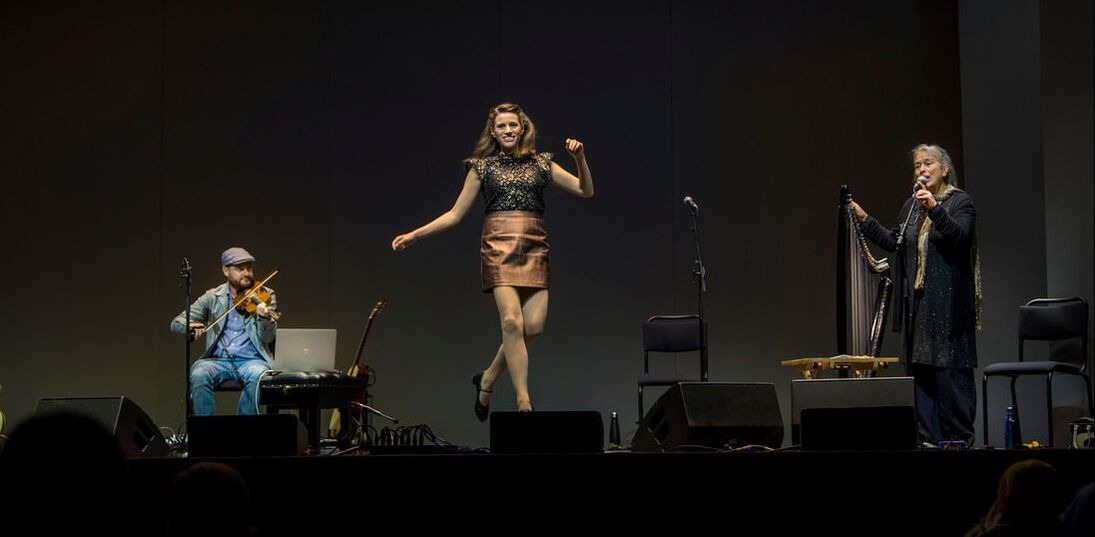
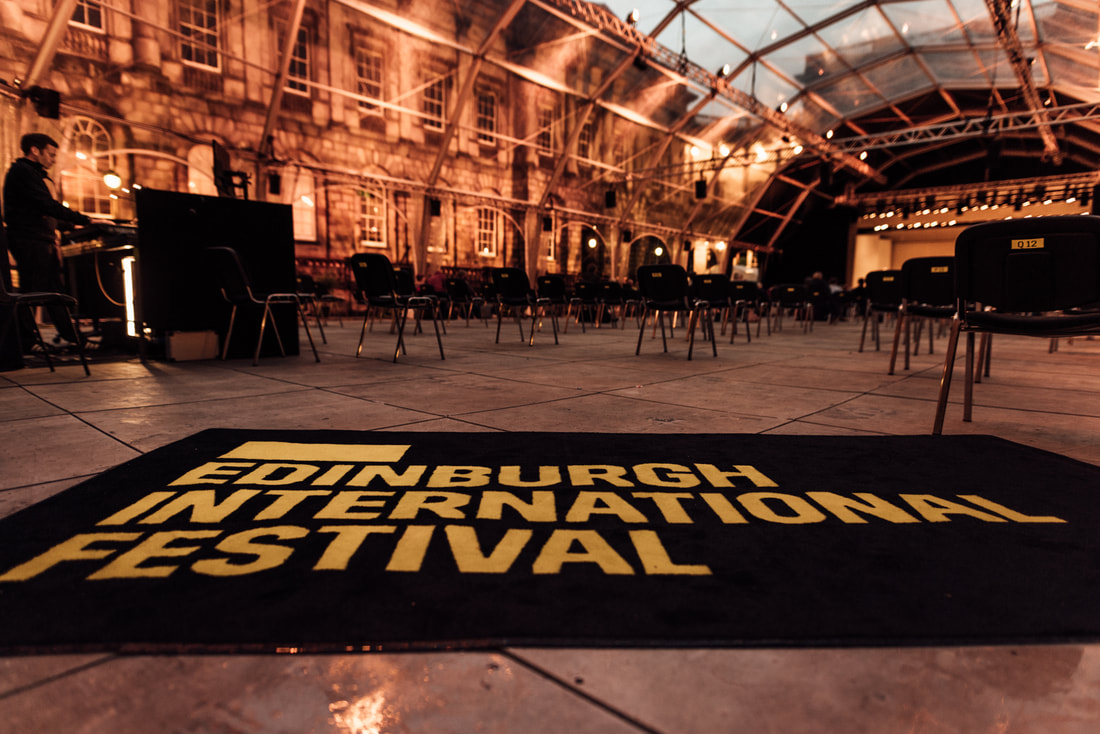
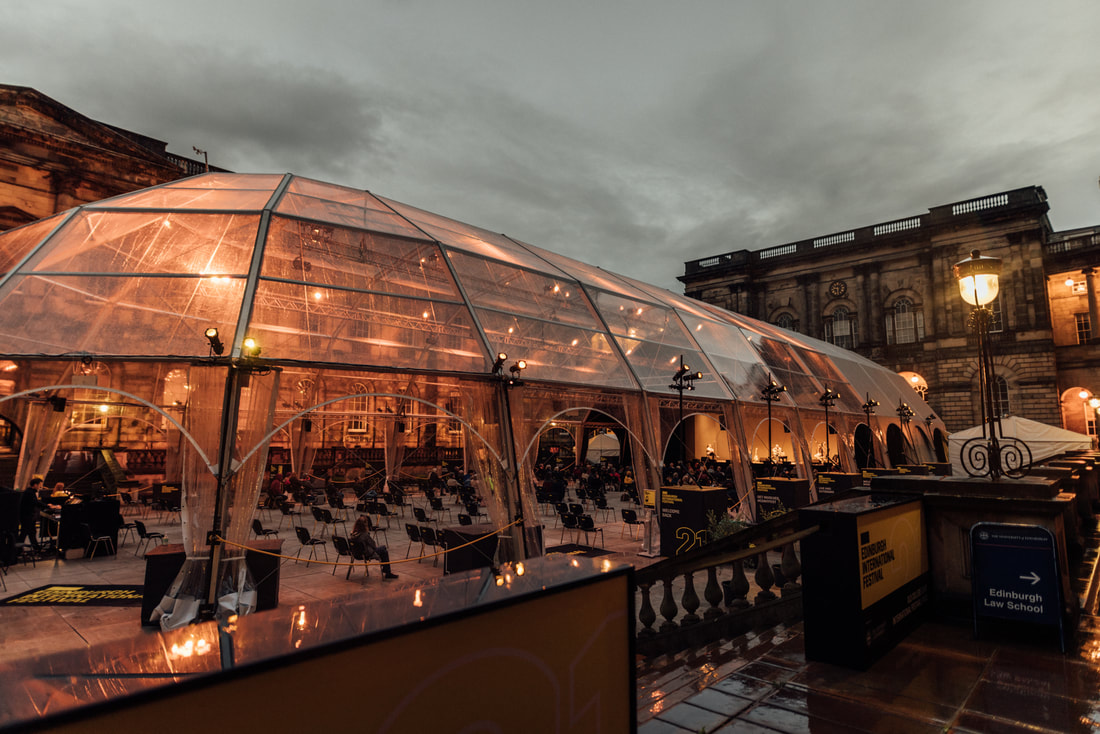
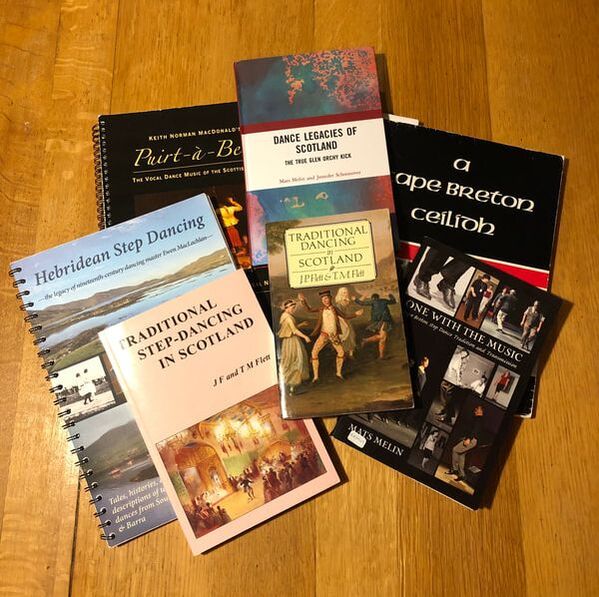
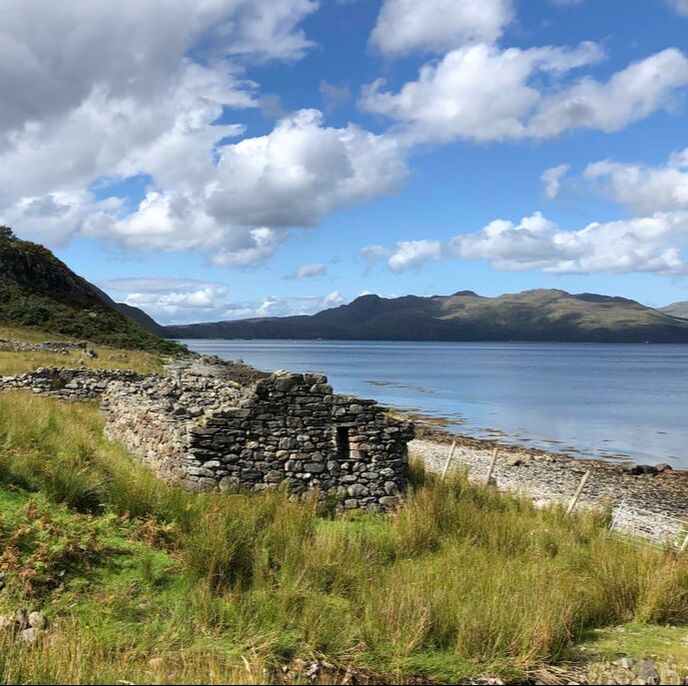
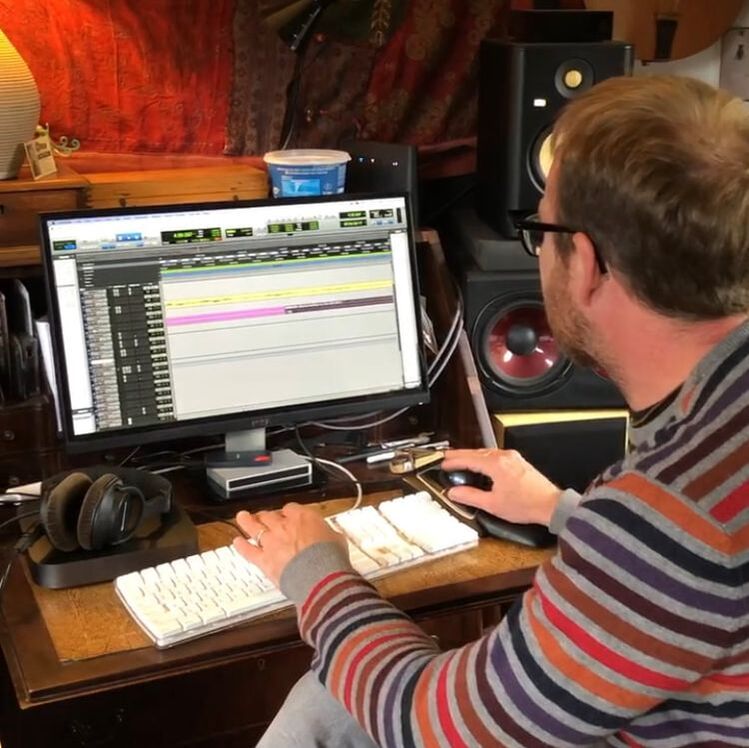
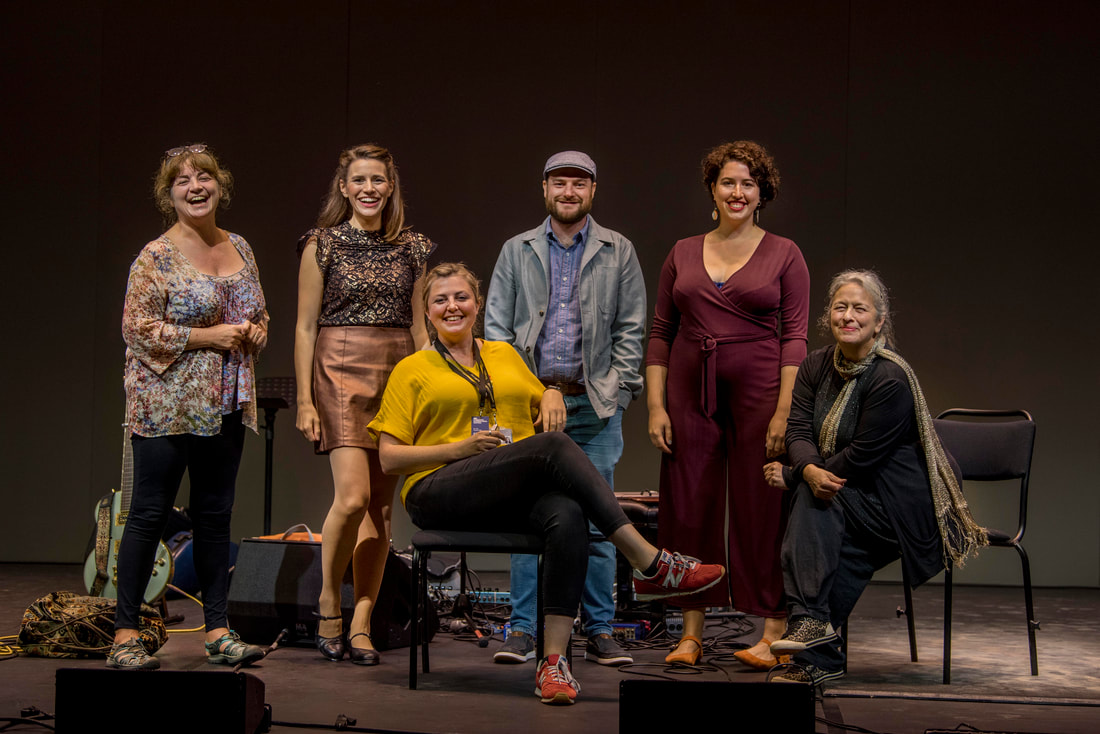
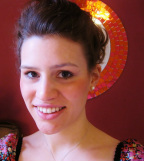
 RSS Feed
RSS Feed
